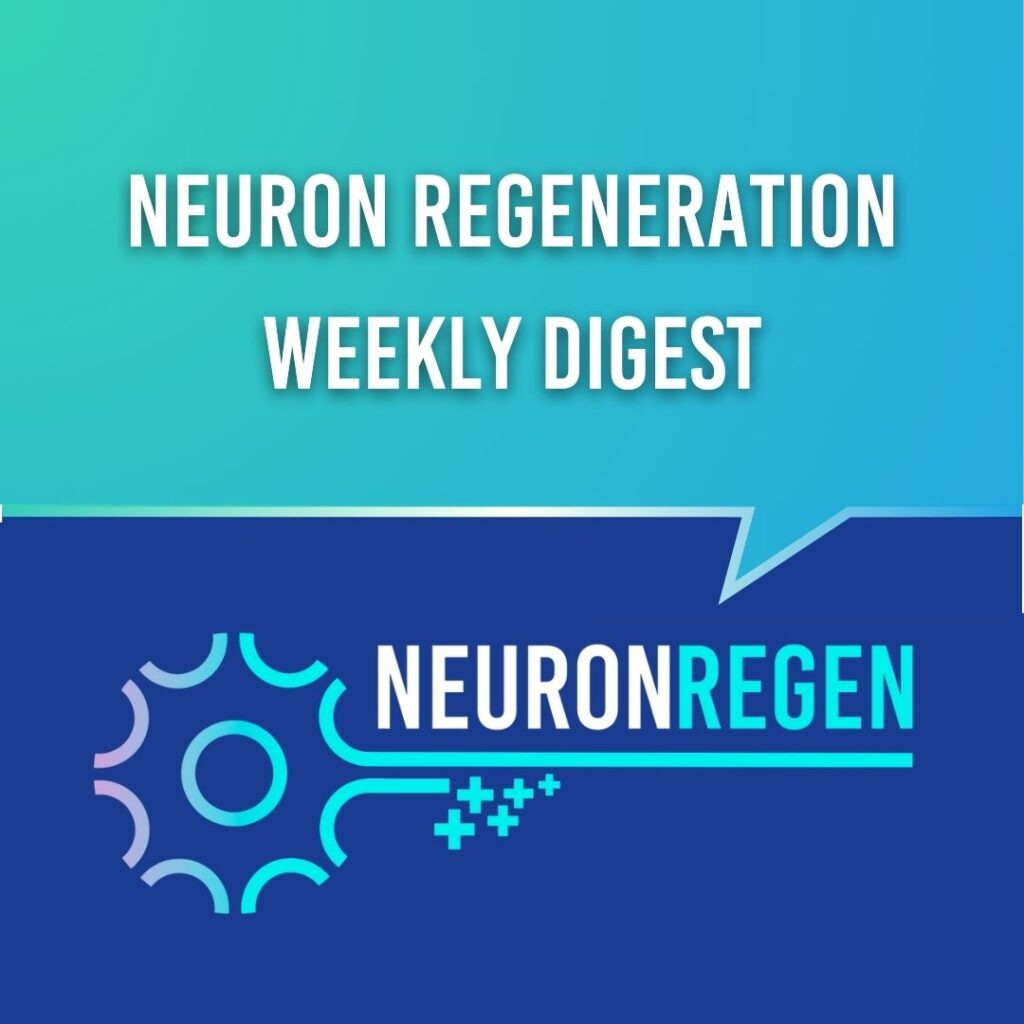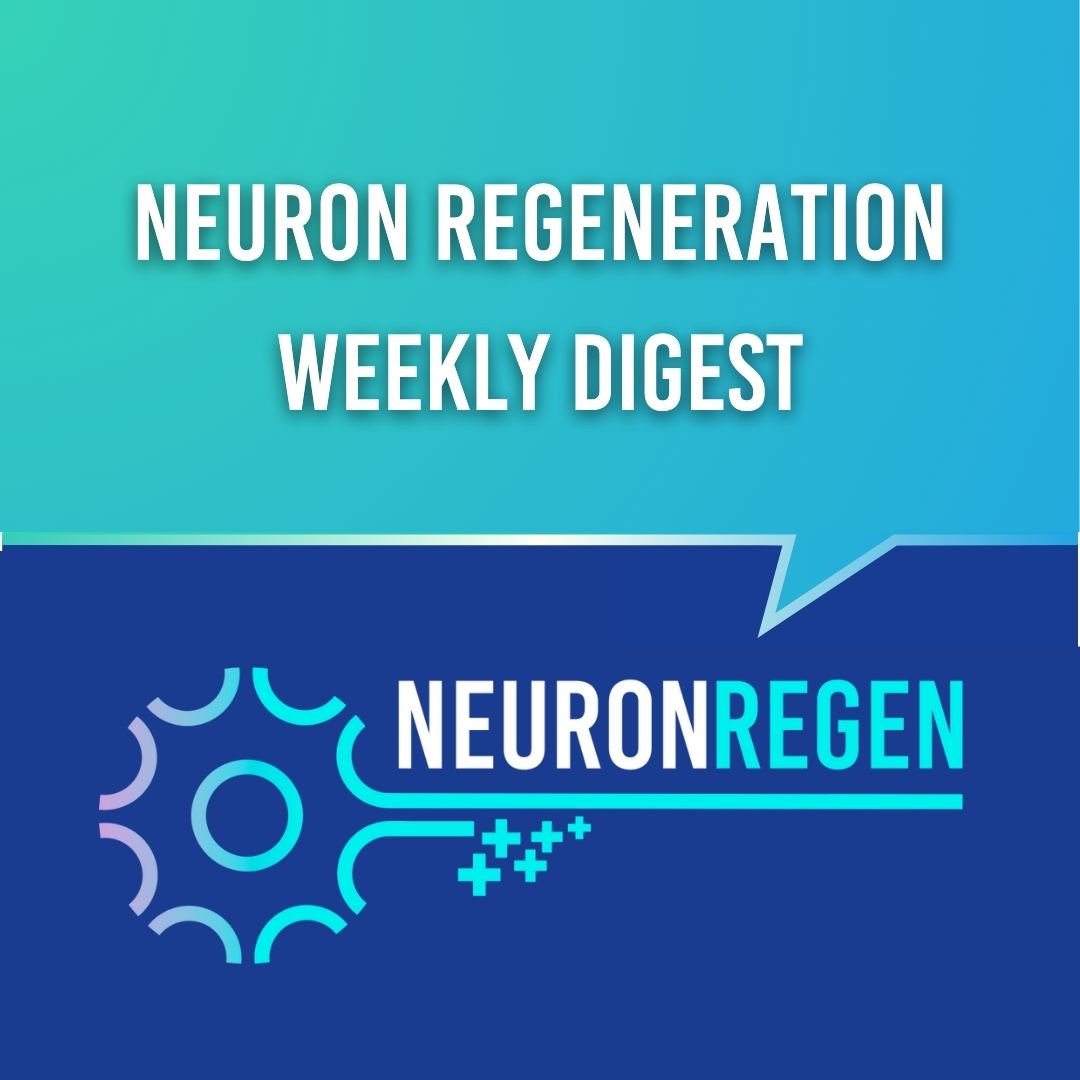The nervous system’s intricate design enables remarkable adaptability—but also leaves it highly susceptible to damage and disease. Whether it’s the progressive decline seen in Alzheimer’s or the sudden trauma of spinal cord injury, researchers are working diligently to uncover new ways to protect, repair, and restore the brain and spinal cord.
In the evolving field of neuroregeneration, recent studies shed light on powerful strategies that go beyond traditional treatment. From plant-based neuroprotection to smart drug delivery systems and repurposed pharmaceuticals, these findings offer renewed hope for restoring function and improving quality of life.
The following research highlights how natural extracts, precision biomaterials, and targeted neuropharmacology are helping reshape what’

1. Agarwood leaf ethanol extract provides neuroprotective properties and promotes cholinergic differentiation of HT22 hippocampal neurons
New research highlights the neuroprotective power of agarwood leaf extract, showing it can safeguard neurons from damage and encourage the growth and development of cholinergic neurons in the hippocampus. By activating key proteins and signaling pathways, the extract not only shields brain cells from glutamate toxicity but also promotes neural regeneration—offering promising support for future therapies targeting neurodegenerative diseases.
2. Spinal cord injury repair based on drug and cell delivery: From remodeling microenvironment to relay connection formation
As the search for more effective spinal cord injury treatments continues, scientists are turning to next-generation biomaterials to do more than just support damaged tissue—they’re designing scaffolds that actively participate
3. Pitolisant alleviates brain network dysfunction and cognitive deficits in a mouse model of Alzheimer’s disease
Pitolisant, a histamine H3 receptor antagonist approved for narcolepsy, was found to reverse memory loss and brain wave disruptions in an Alzheimer’s mouse model. The drug improved cognitive flexibility and reduced amyloid buildup by enhancing lysosomal function—a key mechanism for clearing toxic waste in the brain.
If you’d like to stay informed of the latest publications and breakthroughs in neuron regeneration, join our email newsletter to the right (or below on mobile). We send out weekly updates with the latest papers and studies, as well as podcast episodes with the people driving Neuroregenerative breakthroughs.

